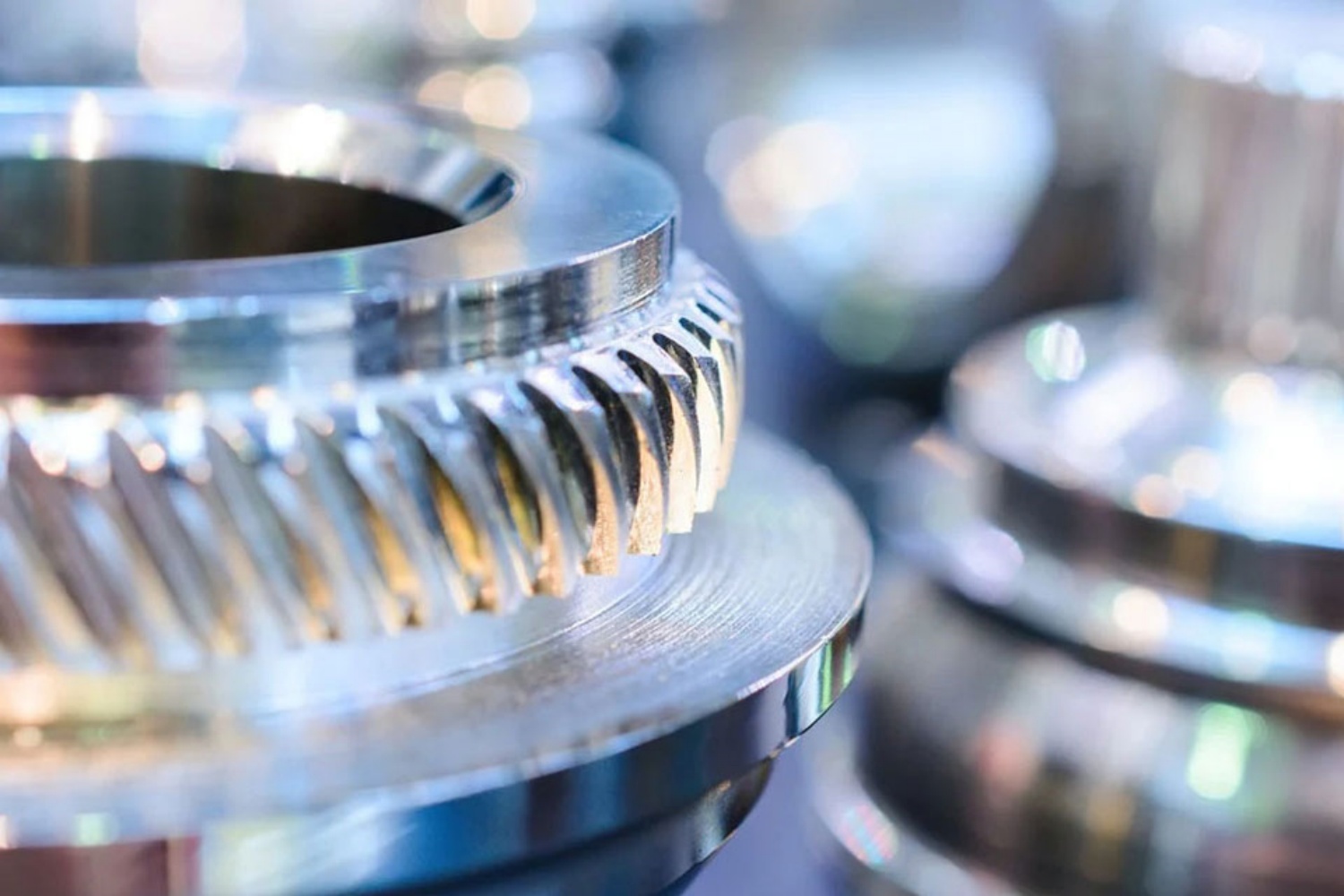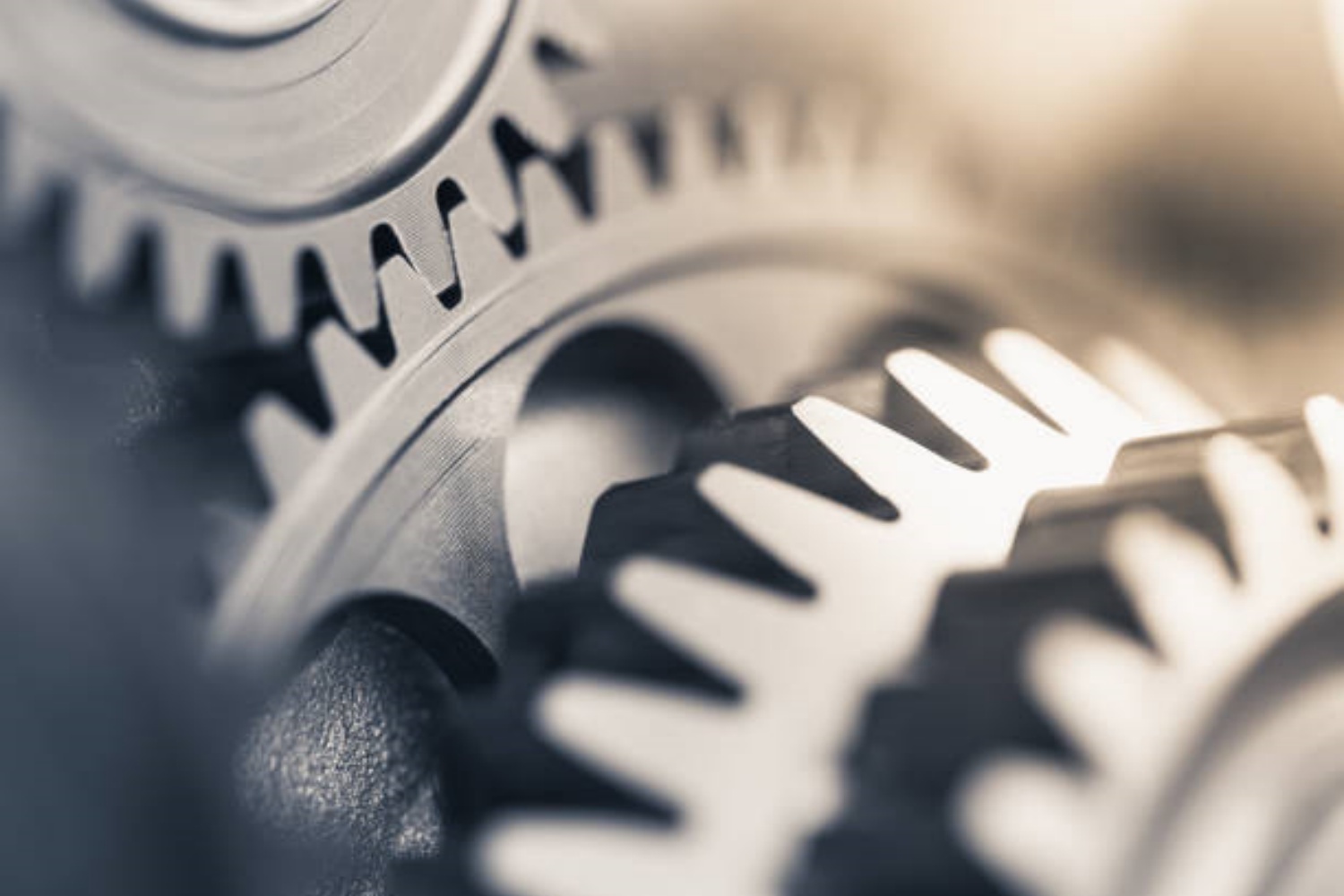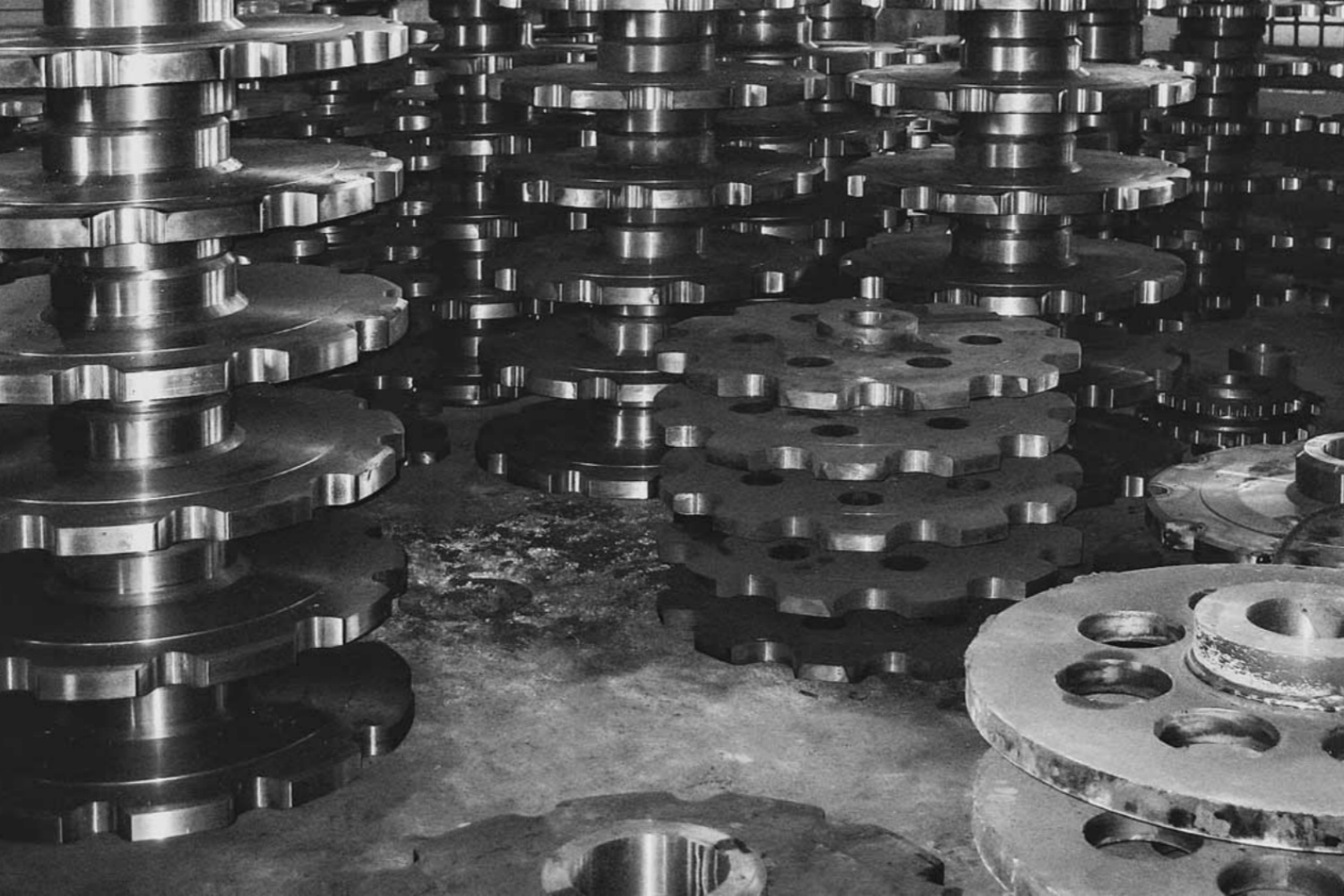Many factors should be considered in the selection of sprocket materials due to the broad categories. According to the working conditions and failure modes of the sprocket, the materials for making gears should have the following properties:
1)Bending fatigue strength of steel, sufficient tooth core strength and toughness to prevent fatigue, impact and overload fracture.
2)The contact fatigue strength of steel and the hardness and wear resistance of steel tooth surface, which can prevent tooth surface damage.
3)Having good cutting performance, heat treatment process performance and welding process performance.
Selection principle of gear materials.
1)The first factor to consider when selecting gear materials is that they must meet the requirements of working conditions.
2)The gear size, the method of forming the blank, and the heat treatment and manufacturing process should be considered too.
3)Normalized carbon steel, regardless of the production method of the blank, can only be used to make gears that work under steady load or light impact, and cannot withstand large impact loads, while quenched and tempered carbon steel can be used to make gears that work under medium impact loads.
4)Alloy steel is often used to make high-speed, heavy-duty gears that work under impact loads.
The requirements of gear manufacturing materials and heat treatment process on the load carrying capacity of gears.
The influence of gear manufacturing materials and heat treatment process on the load carrying capacity of gears.
The tooth surface can be divided into two types based on the hardness, which are soft tooth surface and hard tooth surface. Gears with soft tooth surfaces possess low load-bearing capacity, but are easier to manufacture and have good running-in performance. They are mostly used in general machinery with no strict restrictions on transmission size and weight, and small-volume production.
The small gears bear a heavier burden than the bigger ones in the matched gears, so the hardness of the tooth surface of the small sprocket is generally higher than that of the large one in order to make them having a roughly equal working life.
Gears with hard tooth surface have a high load-bearing capacity. To increase the hardness, the gears are cut and then are quenched, surface quenched or carburized and quenched.
However, the gears will inevitably be deformed during the heat treatment, so afterwards, the grinding or fine cutting must be carried out to eliminate the error caused by the deformation and improve the accuracy of the gears.
The commonly used steels for making gears are quenched and tempered steel, quenched steel, carburized and quenched steel, as well as nitrided steel.
The strength of cast steel is slightly lower than that of forged steel, and is often used for larger gears; gray cast iron can be used in light-load open gear transmissions in spite of its poor mechanical properties; ductile iron can partially replace steel gears; and plastic gears are mostly used in places where light loads and low noise are required, and the gears paired with it generally will be the steel gears with good thermal conductivity.
Oris is a manufacturer that has been engaged in sprockets production for 15 years with a major product range as sprockets, pulleys, taper sleeves and gear shafts. Welcome contact [email protected] and you will be replied within 24 hours.
CONTINUE READING
Related Posts
In mechanical drives, gears are essential for transmitting motion, power, and torque across various applications. Two of the most commonly […]
In the world of industrial machinery, efficiency, precision, and reliability are essential. A key component in achieving these goals is […]
In the world of industrial engineering, precision and innovation are essential to staying competitive and meeting the ever-growing demands of […]




